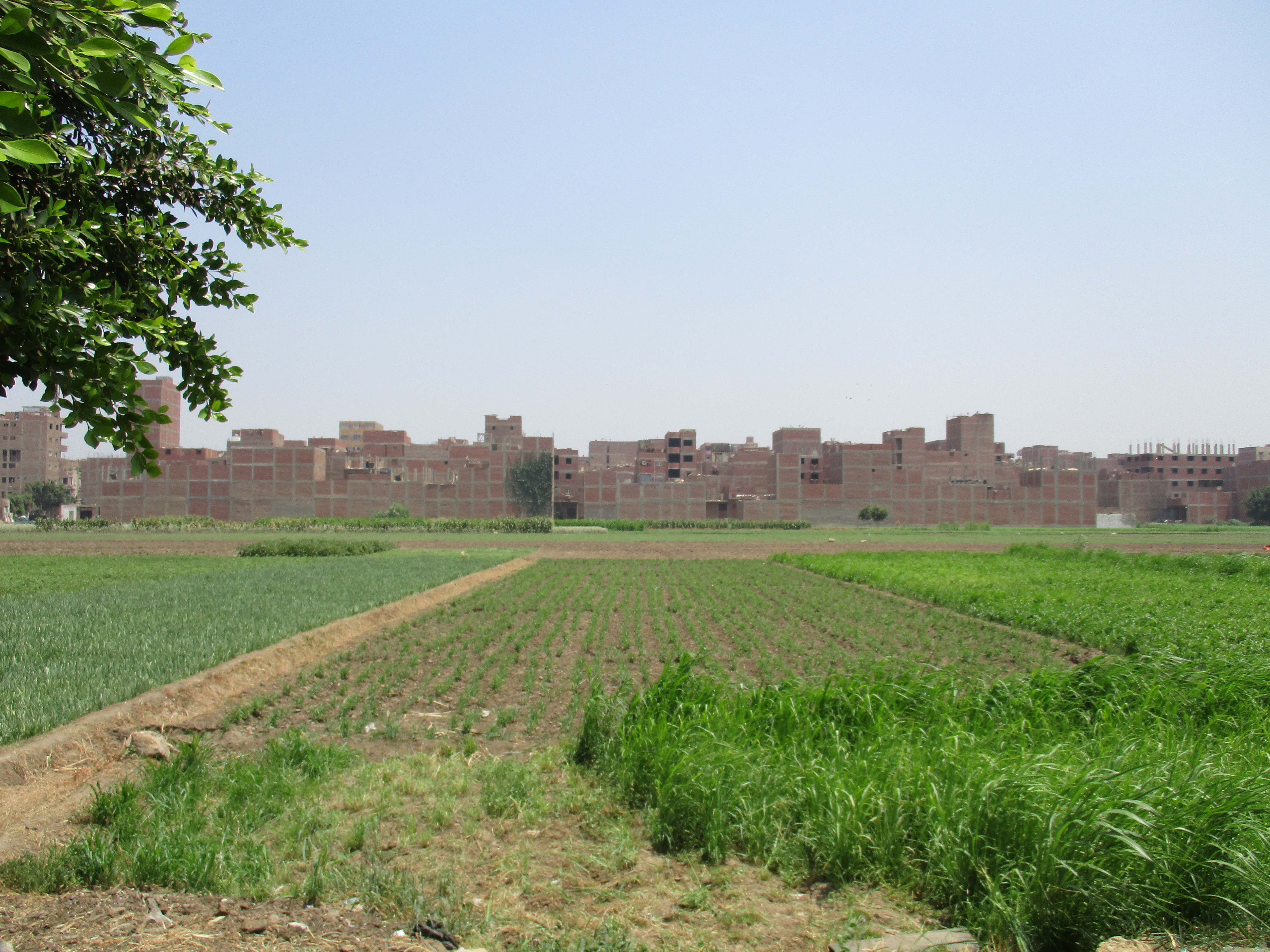Crumbling transportation infrastructure in Egypt. Masses of youth choosing between migration and life in a stagnant economy during the Greek debt crisis. Government-sanctioned discrimination against the Roma people in Italy. These are the global issues 56 6th grade students in Wheeling, Illinois took on during a six-week unit connecting ancient civilizations to current events.
Incorporating present-day challenges into the study of ancient civilizations, says Jack London Middle School information and media literacy specialist Tracy Crowley, "gives [students] a purpose to go back and learn about these problems over time and motivation to learn the standards." In tandem with 6th grade social studies and communications teacher Chrissy Harrold, Crowley designed this unit to align with Chicago Public Schools social studies standards and to result in an "authentic product"—in this case, a video informing viewers about one of the three contemporary crises explored in class and urging them to donate to an organization working to resolve it.
Students explored three Pulitzer Center reporting projects, which served as their departure points for conversations about the root causes of contemporary problems. They traced these back to ancient civilizations, and thought about how to build a better world going forward. In addition to studying history's interweaving with the present day, students made local/global connections with the stories. Some responses, like 6th grader Joelle's, were rooted in empathy. "[Gambrell's reporting project] is important because this changes the way people think about the Roma," Joelle wrote in a reflection. "I think this needs to be solved so that there is less discrimination, less judging others, and lastly just so people don't always think bad of the Roma." Others linked the global story to issues close to home. 6th grader Jorge wrote, "I can connect to how sometimes immigrants here get judged, are offended, and don't get the same rights as others."
All students created short videos selecting the topic area they felt most passionate about and explaining why:
The journalists behind these stories made virtual appearances in the classroom, offering on-the-ground insights, illuminating the reporting process, and answering students' many questions. Via Skype, Holly Gambrell led a class discussion about discrimination against the Roma, while Jahd Khalil dialed in from Egypt to discuss faulty roads and other challenges the country faces today.
After learning about contemporary global issues, identifying their significance, and connecting them to ancient civilizations, students were challenged and empowered to find out how they could make a difference. They researched organizations doing good work on the problems they had studied and created videos advocating for the importance of being informed about the issue and supporting those affected.
For assistance crafting your own standards-aligned unit or lesson informed by Pulitzer Center reporting, or to Skype a journalist into your classroom, contact [email protected].

Project
Egypt's Deadly Infrastructure
Egypt’s infrastructure has real life costs for its citizens, and requires targeted and accountable...




















